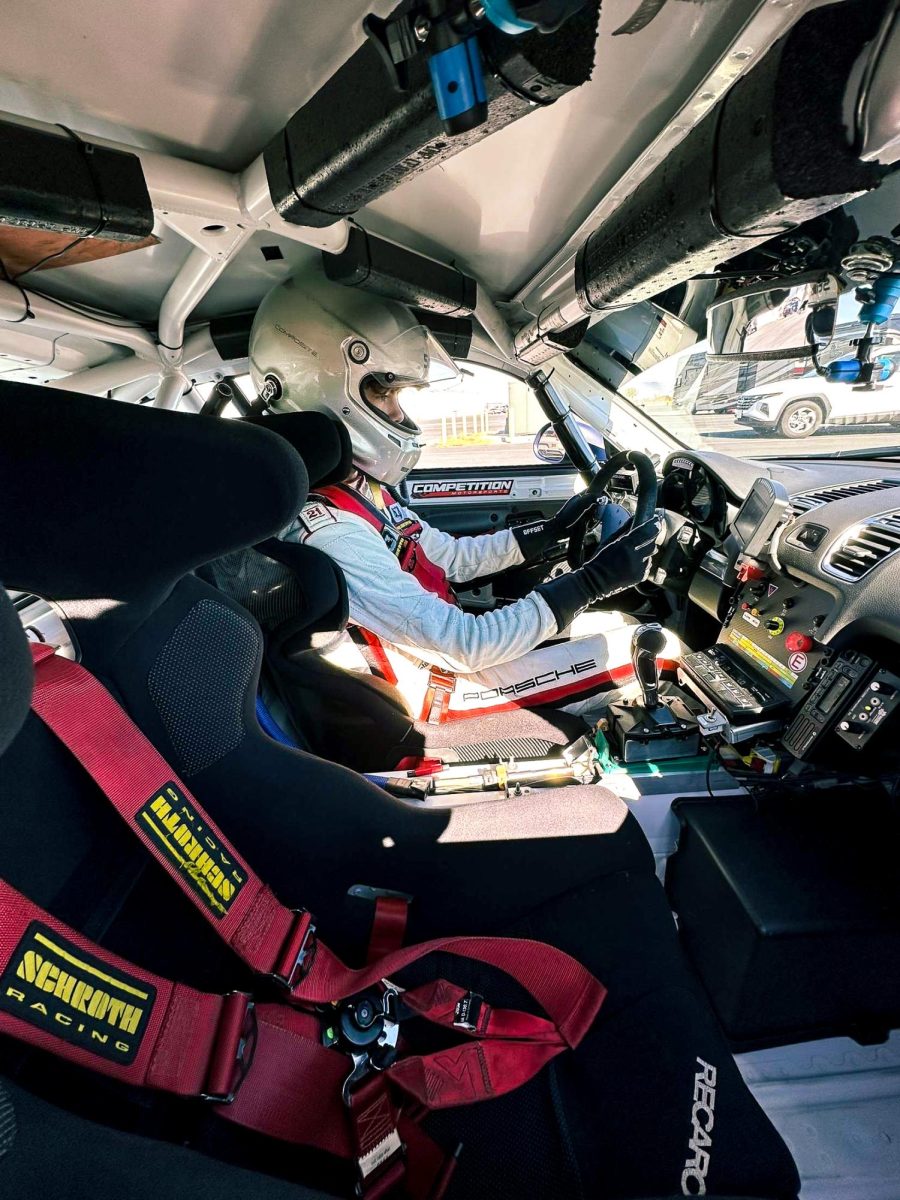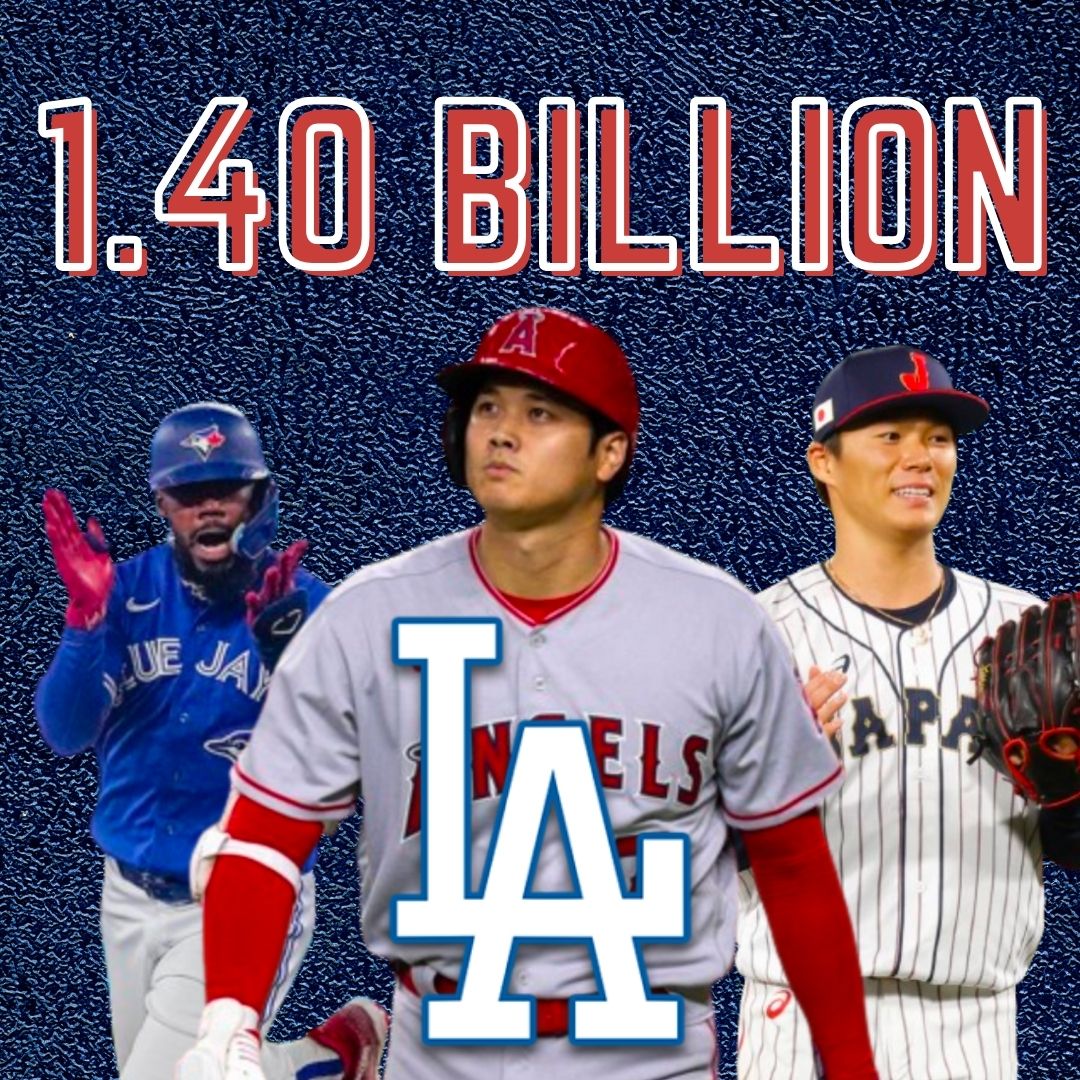<!– /* Font Definitions */ @font-face {font-family:”Cambria Math”; panose-1:2 4 5 3 5 4 6 3 2 4; mso-font-charset:1; mso-generic-font-family:roman; mso-font-format:other; mso-font-pitch:variable; mso-font-signature:0 0 0 0 0 0;} @font-face {font-family:Calibri; panose-1:2 15 5 2 2 2 4 3 2 4; mso-font-charset:0; mso-generic-font-family:swiss; mso-font-pitch:variable; mso-font-signature:-1610611985 1073750139 0 0 159 0;} /* Style Definitions */ p.MsoNormal, li.MsoNormal, div.MsoNormal {mso-style-unhide:no; mso-style-qformat:yes; mso-style-parent:””; margin-top:0in; margin-right:0in; margin-bottom:10.0pt; margin-left:0in; line-height:115%; mso-pagination:widow-orphan; font-size:11.0pt; font-family:”Calibri”,”sans-serif”; mso-ascii-font-family:Calibri; mso-ascii-theme-font:minor-latin; mso-fareast-font-family:Calibri; mso-fareast-theme-font:minor-latin; mso-hansi-font-family:Calibri; mso-hansi-theme-font:minor-latin; mso-bidi-font-family:”Times New Roman”; mso-bidi-theme-font:minor-bidi;} .MsoChpDefault {mso-style-type:export-only; mso-default-props:yes; mso-ascii-font-family:Calibri; mso-ascii-theme-font:minor-latin; mso-fareast-font-family:Calibri; mso-fareast-theme-font:minor-latin; mso-hansi-font-family:Calibri; mso-hansi-theme-font:minor-latin; mso-bidi-font-family:”Times New Roman”; mso-bidi-theme-font:minor-bidi;} .MsoPapDefault {mso-style-type:export-only; margin-bottom:10.0pt; line-height:115%;} @page Section1 {size:8.5in 11.0in; margin:1.0in 1.0in 1.0in 1.0in; mso-header-margin:.5in; mso-footer-margin:.5in; mso-paper-source:0;} div.Section1 {page:Section1;} –>
/* Style Definitions */
table.MsoNormalTable
{mso-style-name:”Table Normal”;
mso-tstyle-rowband-size:0;
mso-tstyle-colband-size:0;
mso-style-noshow:yes;
mso-style-priority:99;
mso-style-qformat:yes;
mso-style-parent:””;
mso-padding-alt:0in 5.4pt 0in 5.4pt;
mso-para-margin-top:0in;
mso-para-margin-right:0in;
mso-para-margin-bottom:10.0pt;
mso-para-margin-left:0in;
line-height:115%;
mso-pagination:widow-orphan;
font-size:11.0pt;
font-family:”Calibri”,”sans-serif”;
mso-ascii-font-family:Calibri;
mso-ascii-theme-font:minor-latin;
mso-fareast-font-family:”Times New Roman”;
mso-fareast-theme-font:minor-fareast;
mso-hansi-font-family:Calibri;
mso-hansi-theme-font:minor-latin;}
By Daniel Robb ’10
THE ROUNDUP
The human lay on his back, sweating intensely, arms outstretched with crossbow in hand.
He now gazed upon his two strange companions engaged with one monstrous undead.
Slowly, he pressed his finger to the trigger, letting loose the tautly held bolt. As the bolt pierced the air, one of the human’s companions dressed in robes shot out his arm, fingers down and outstretched, setting the passing bolt aflame.
The now fiery bolt continued its journey, and upon reaching its destination, exploded in a burst of fire. This provided the human’s other companion an opportunity. His blade cleaved the monstrosity in twain, and a silence fell over the room. The strange companions were safe. For now.
All this is simply a snapshot of what several Brophy students did over the weekend.
These few moments of one fight occurred within the context of a game of Dungeons and Dragons, a tabletop role-playing game.
Dungeons and Dragons is probably the most popular of these types of games, which are numerous and diverse.
Tabletop role-playing games, the precursor to role-playing video games, are unique in the sense that all content is user-generated.
The games, as they are evolved now, are essentially studies in collaborative story creation.
After the conception of the game by Gary Gygax, the games grew a great amount of popularity, possibly because, in the words of Patrick Neill ’10, “It allows for anyone to take control of the world, the cosmic rules and the game, so there are an infinite number of possibilities, never allowing for a dull game.”
These types of games seem to be falling by the way-side, and few people know how they work much less even play them.
Dungeons and Dragons, for example, is a fantasy game where the players explore a world and perform actions in a setting with knights, wizards and dragons.
Each session is set within the framework created up by one of the players, commonly referred to as a “game master” or “dungeon master.” This person creates the brief outline of a story, setting and allows the other players take over from there.
This is where the game really begins. Based upon what is told to them, the players, in turn, take actions.
The thing which draws people is that this action could be literally anything. The game master then tells the player if their action succeeds or fails, the consequences of the action or if the action is even at all possible.
The many rules of the game are mainly used within combat. The game uses many types of multi-sided dice in order to determine whether a player hit their opponent with whatever combat ability they used, and more dice to determine how much damage they do.
The dice system is augmented and changed when using different items, abilities and features of your character.
But this is only the very basic way that the games work, and using these you can attempt to do nearly anything within the game.
The players use these combat and non-combat abilities to interact and/or fight with different non-player characters or the setting, all created and controlled by the game master.
The rules are extremely flexible.
“We see the Dungeon Master’s Handbook as more of a guideline, from which we can add on rules or ideas or strategies depending on the situation,” as Neill said.
This very system is employed by most computer games, which essentially act as the game masters. All of the dice rolls and calculations are done instantly to provide for a nearly live-action experience.
So those who play table-top games are really going back to their roots by abandoning the computing basis for games.
But these people seem to be few and far between. It proves difficult to find a group of people at Brophy who play.
Why is this?
Perhaps people aren’t attracted to the complexity of the game. The games seem to have built up a stigma. They are considered “geeky,” usually deterring a large number of people.
Another possibility is that people simply don’t want to do the work. Computer games do all of the legwork and calculations for you. But, this lifted weight comes at the cost of the thing which has made the tabletop games beloved by those who play them: the endless possibilities.






















